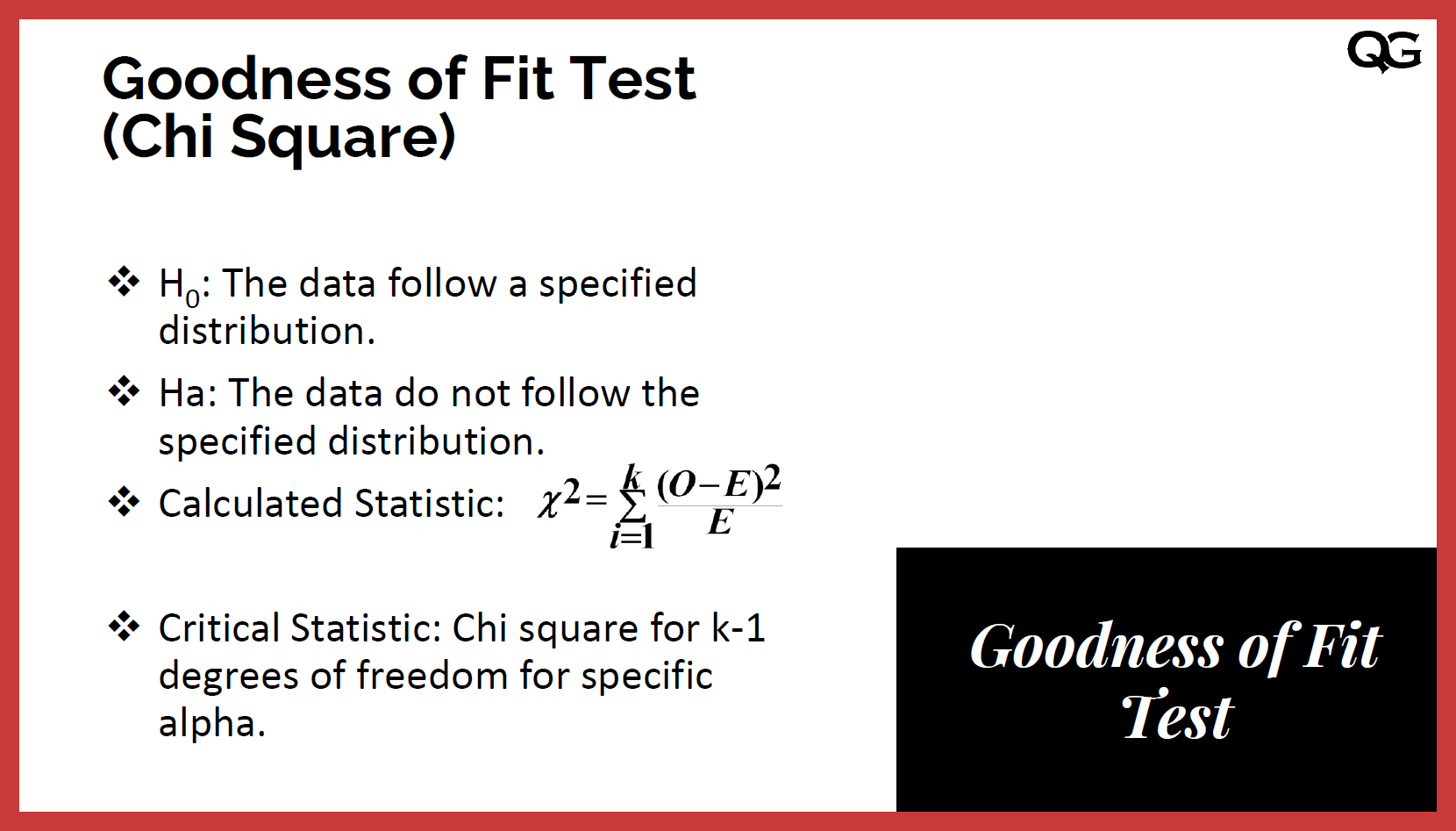
Permutations and combinations are two related concepts in mathematics that involve arranging elements or numbers. Permutations are arrangements where the order of the elements matters, while combinations are arrangements where the order does not matt...









